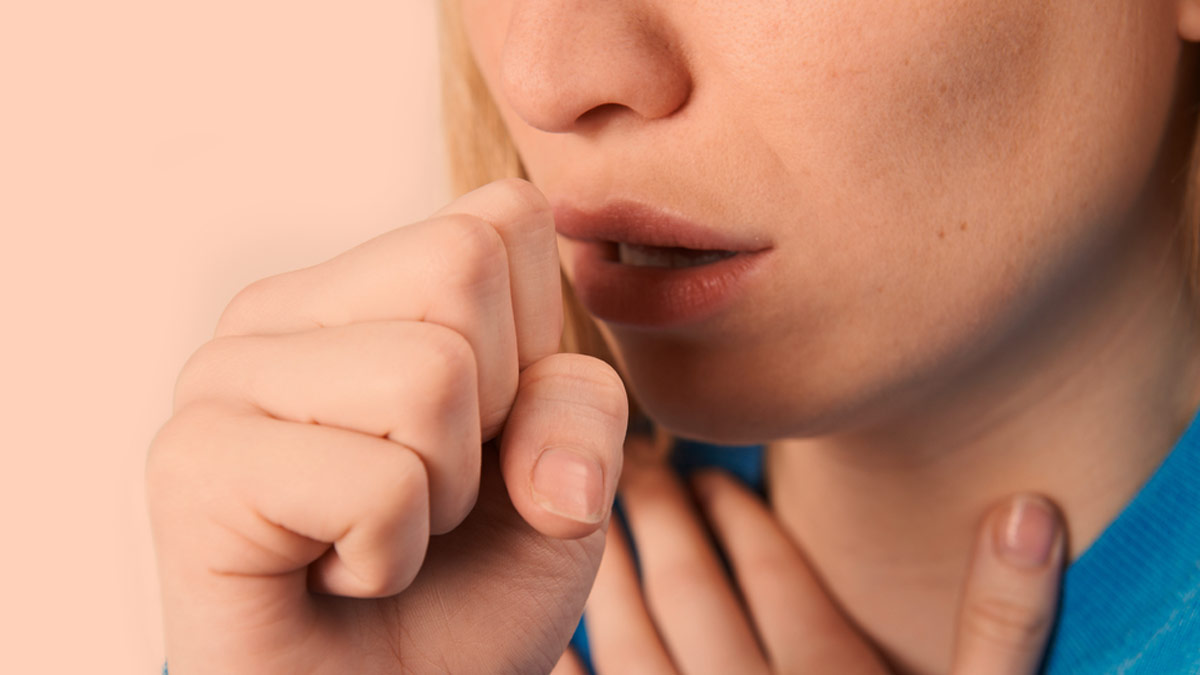
Cases of whooping cough, also known as pertussis, are on the rise in several countries, including the US, UK, Europe, and China. Since March 2024, European health experts have expressed concerns regarding a sudden uptick in the number of cases. As per reports, 32,000 cases were recorded across Europe between January and March 2024. According to the European Center for Disease Prevention and Control (ECDC), the annual average of pertussis cases in Europe is around 38,000. If the numbers continue to spike, whooping cough cases could increase some ten times in 2024 compared to a typical year.
Table of Content:-
Amid such alarming figures, here’s all you need to know about the condition and its common symptoms.
Also Read: Nagging Cough: What Causes It And Home Remedies That May Help
What Is Pertussis?

The US Centers for Disease Control and Prevention (CDC) describe whooping cough, or pertussis, as a "very contagious respiratory illness.".
It is caused by a type of bacteria called Bordetella pertussis, which is only found in humans.
The health body suggests that the disease may start like a common cold but may go on to last for weeks or months.
Symptoms Of Pertussis
Pertussis symptoms can take 5–10 days to appear after exposure to the whooping cough bacteria. In certain cases, symptoms don't even develop for as long as three weeks, as per the CDC.
Early symptoms include:
- Runny or stuffy nose
- Low-grade fever
- Mild, occasional cough
Additionally, in babies, whooping cough can lead to apnoea, a condition that causes difficulty breathing while asleep.

If left unchecked, whooping cough can lead to coughing fits that last 1-6 weeks. Some of the characteristics of this type of coughing include:
- High-pitched 'whooping' sound when they inhale after a cough
- Vomiting during or after coughing fits
- Tiredness
- Sleepless nights
- Breathing difficulties
- Fracture in the ribs, in severe cases
How Does Whooping Cough Spread?
Whooping cough can be transmitted from person to person. When an infected person coughs or sneezes, Bordetella pertussis, the type of bacteria that causes the condition, can be released into the air, which can then infect others who breathe in the germ-laden droplets.
Also Read: 4 Types Of Cough To Watch Out For This Winter: How To Treat Them
Prevention And Management

According to the American Lung Association, childhood immunisation against whooping cough can reduce the risk of catching the condition.
You can also take proper hygiene measures, like washing your hands with soap and water, covering your mouth while sneezing or coughing, and staying indoors when you are sick.
If you have been diagnosed with whooping cough and have had symptoms for three weeks or more, antibiotics will be prescribed.
In addition, it is important to take necessary measures, like maintaining distance from others and eating a healthy, balanced diet, to speed up recovery.
How we keep this article up to date:
We work with experts and keep a close eye on the latest in health and wellness. Whenever there is a new research or helpful information, we update our articles with accurate and useful advice.
Current Version